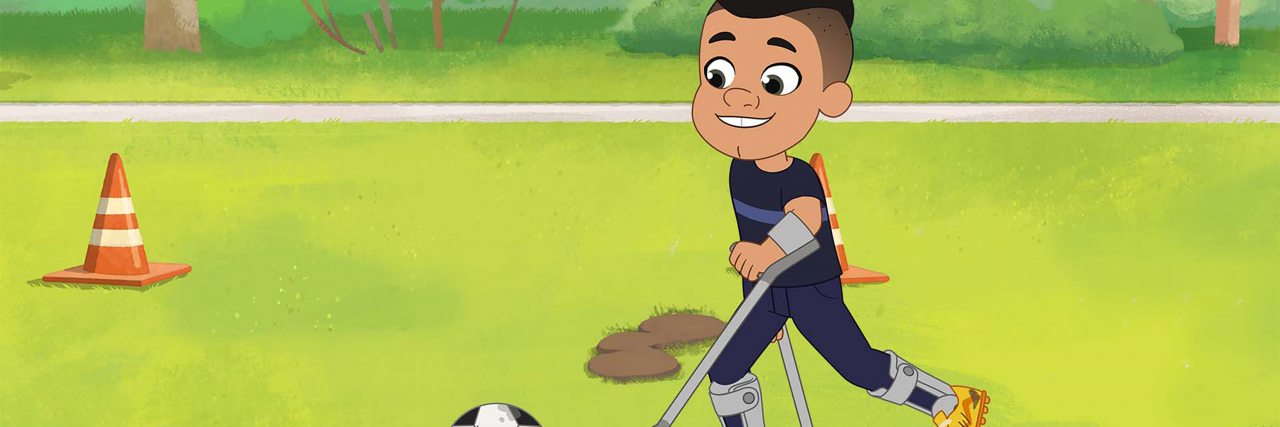Representation matters. Not only that, but the quality of the representation as well. “Today, people with disabilities are 34% more likely than the general population to feel there isn’t enough inclusion of their identity group in media, and more than half say the portrayals they see inaccurately represent their individual identity groups. For perspective, 26% of the U.S. population is living with disabilities.” I know that for me, such a percentage sometimes feels meaningless even if it is trying to add perspective. Put another way, a little more than one of every four people you know are living with some kind of disability. It is also worth noting that this study is recent, coming out in July 2022.
This issue is particularly salient as it applies to children’s media, because more than any other group, media influences the way in which children perceive the world, and people in it, especially minorities. As a young child, although there were some notable exceptions, I do not remember many characters with a disability, where it was not their defining or perhaps only trait. They would appear for an occasional “very special episode” or the occasional guest appearance, and then disappear as quickly as they had come, leaving me alone as my life continued.
Naturally, therefore, I was thrilled when a family friend reached out to me, asking if I would like to be a consultant for a show called, “Alma’s Way.” A co-production between Fred Rogers Productions and PBS Kids. The show follows a Puerto Rican girl from the Bronx, and is based on the life experiences of Sonia Manzano, known for playing Maria on Sesame Street. The show follows six year old Alma, as she thinks her way through interpersonal conflicts, learning to be more empathetic, “while making mistakes and finding solutions along the way. “ Getting to provide input for a revolutionary character like Eddie, Alma’s older “primo-amigo,” was a joy.

Eddie has cerebral palsy, like me, although he uses crutches and braces for mobility, instead of a wheelchair. I was able to watch clips, and provide input on what I felt was realistic based on experiences in my community. The quality about Eddie that stuck out to me most, other than the representation of his disability and Afro-Latino heritage, is that Eddie was given a three-dimensional personality, with likes, dislikes and is a passionate musician, as well as somebody that Alma aspires to emulate. He is given emotional conflicts with other characters and agency in his actions.

Eddie felt more like me and other people I have known, than any other character in a children’s show ever had before. Even if it is not in context to representation of a specific part of your identity, I’m sure we’ve all had a moment where we’ve connected with a fictional character on a deeper level than we’ve expected. Though his disability is explained and discussed frankly as important, it is never the sole focus or defining characteristic, and he is one of the main recurring characters. I feel beyond grateful to have been a small part of this amazing project and to have had this opportunity.
Here is to even more characters like Eddie, who can represent the depth and breadth of their communities, while also being their own unique individuals, and may every child be able to see each and every part of their experiences represented in the shows that they love.